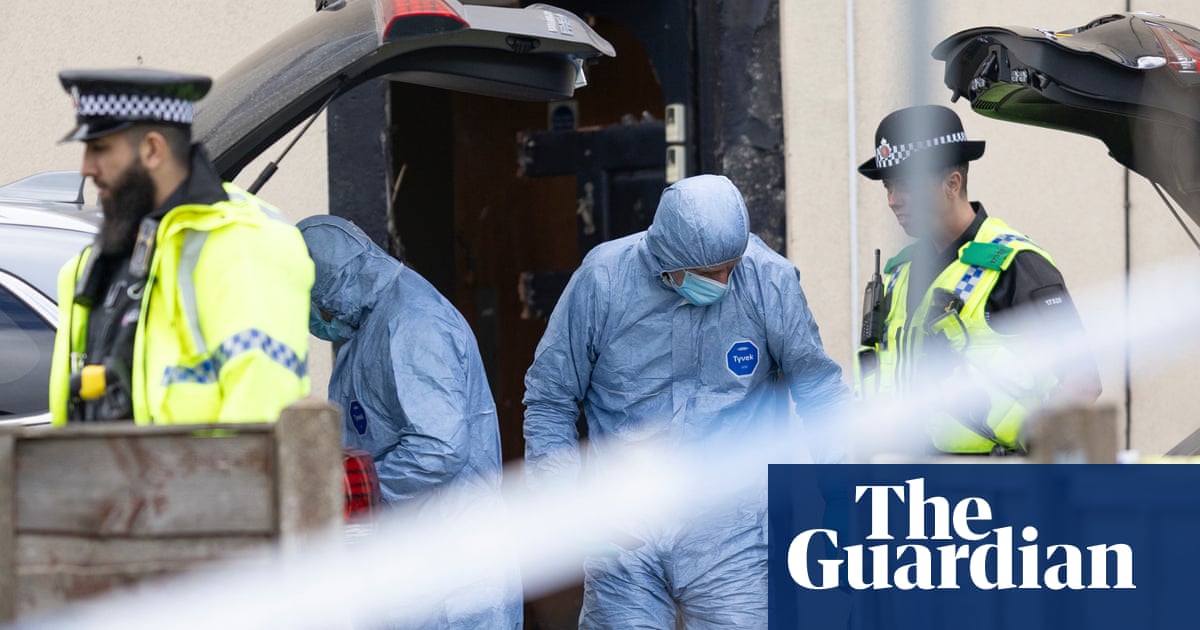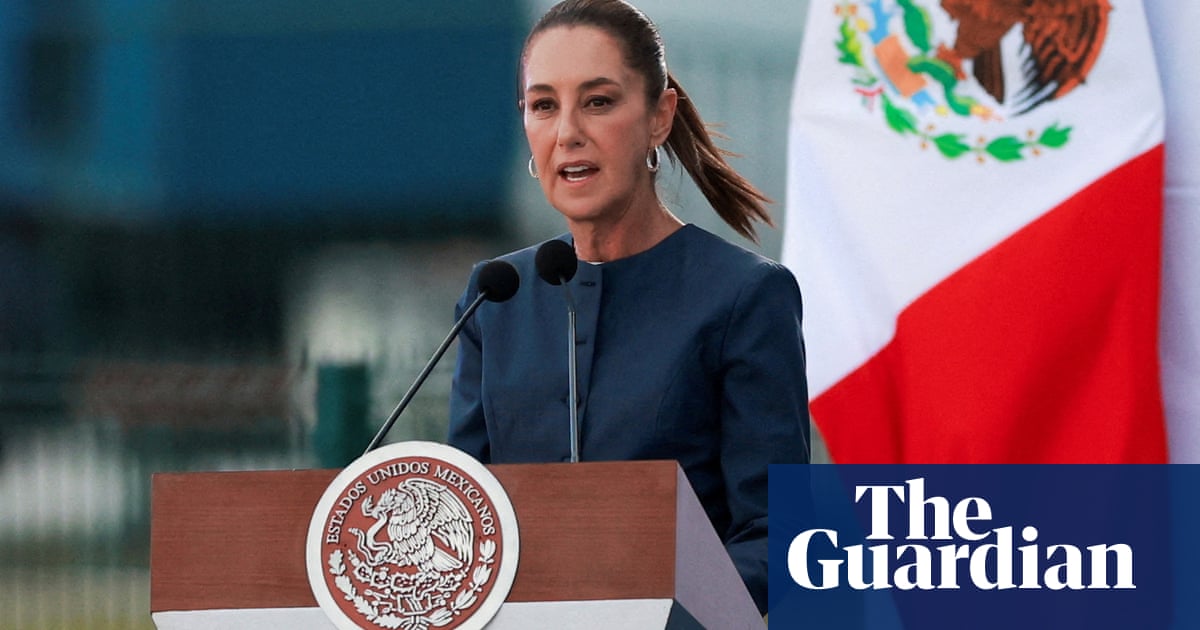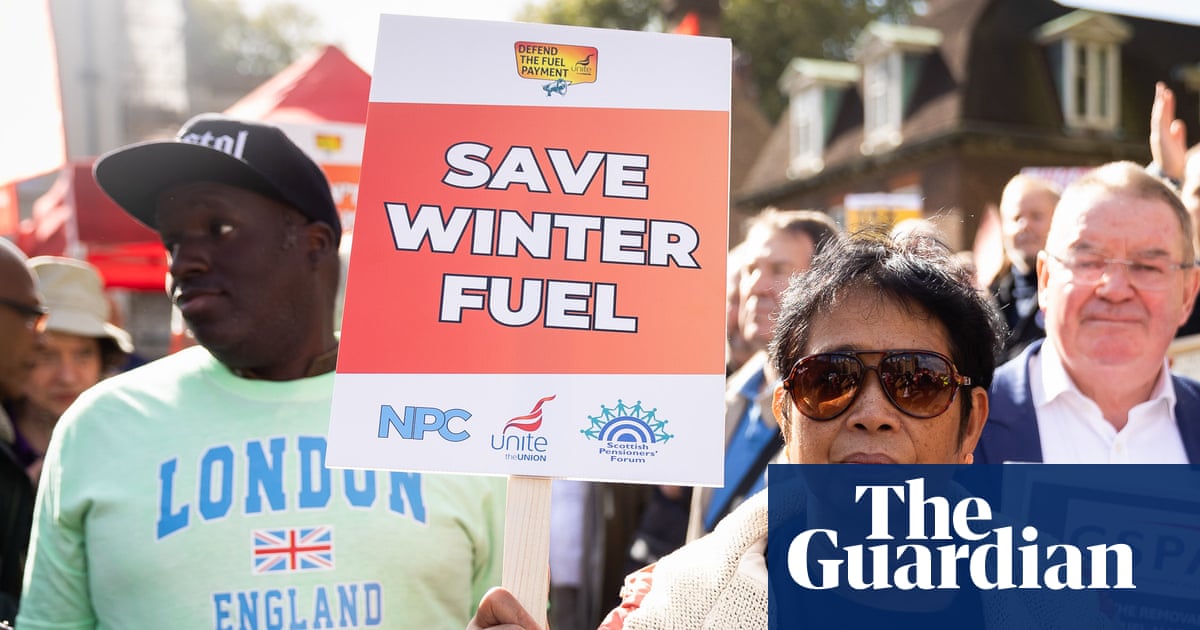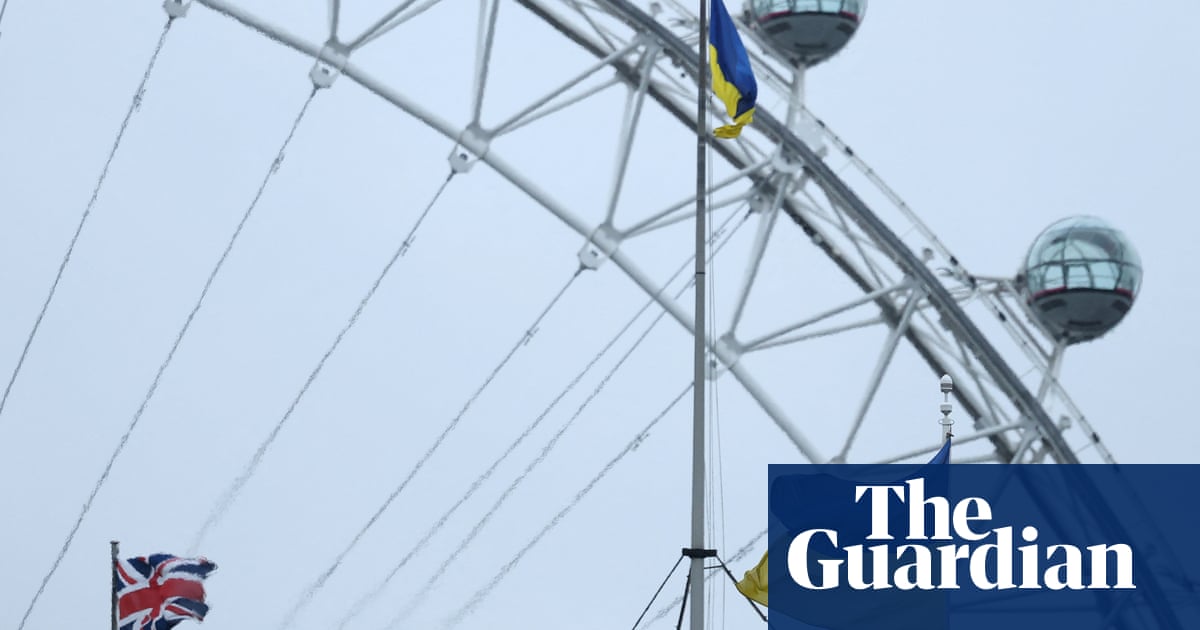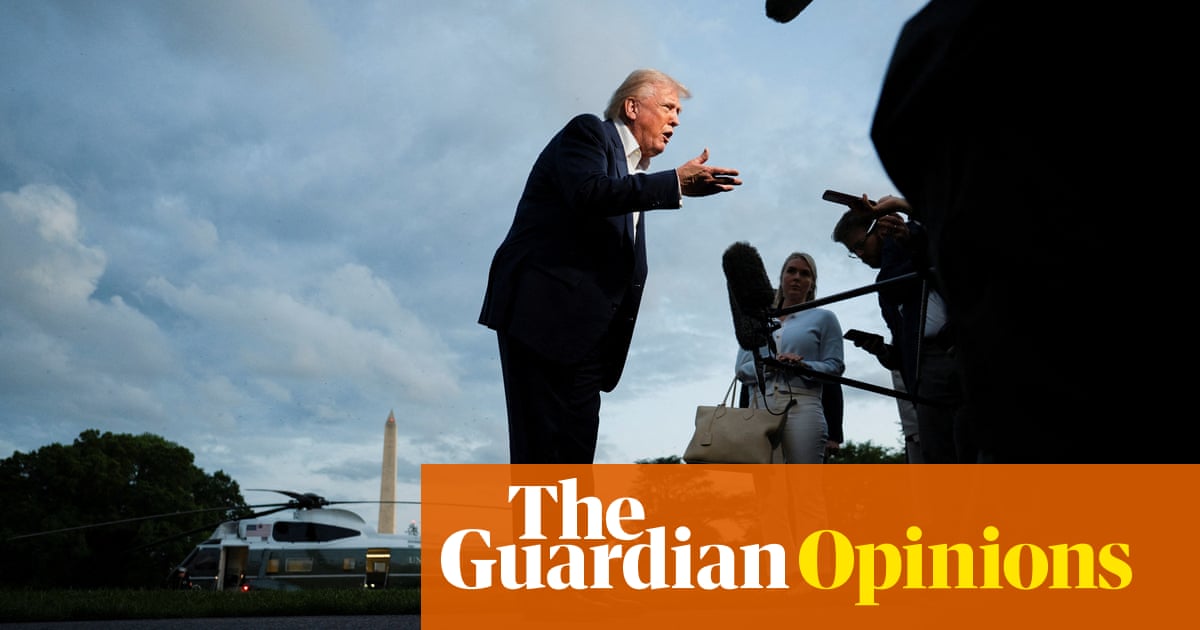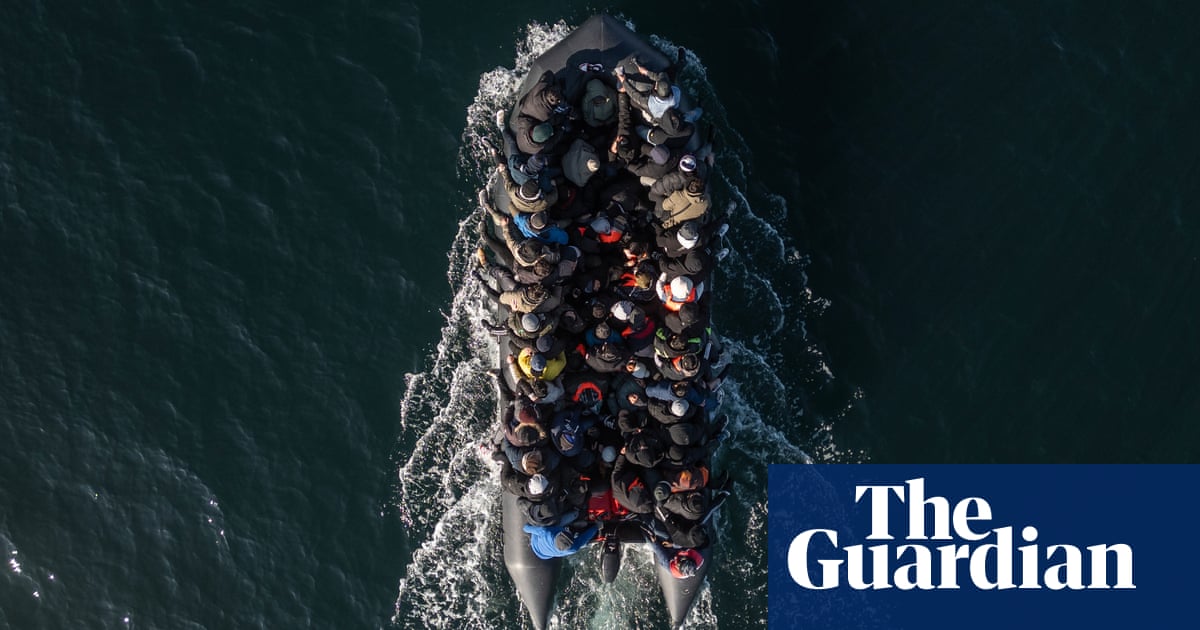Add movies to the ever-expanding list of areas where Donald Trump has no expertise or even passing knowledge, but assumes problems can be solved through tariffs and maybe a little racism, as a treat. Citing a threat to “national security” from movies that aren’t shot in the United States, Trump announced that he would be enacting a 100% tariff on movies made anywhere else.
Characteristically, this proclamation was not so bold as to make any sense whatsoever, lacking as it was any sign that Trump understands the difference between movies that are produced (at least partially) by US companies and shot in other locations, and foreign films that are produced elsewhere but released in the US (by, of course, US companies who obtain distribution rights). But the consensus seems to be that Trump is referring mainly to purportedly American productions that are lured to shoot in various international locations by tax credits that allow for substantial savings on big budgets. Andrew Pulver has detailed analysis of how that may work on a financial level, sifting through the detritus of Trump’s all-encompassing ignorance to explain why so many US films shoot overseas. Los Angeles film productions have declined in recent years so naturally, rather than creating incentives for more US shoots in the heart of the American film industry, Trump figures the best way to go about it is make it more expensive to shoot elsewhere.
As with the idea that the US will simply materialize entire manufacturing industries if foreign goods prove too expensive, both the financial and creative reality of the situation is far more complicated. While many big productions are lured away from Los Angeles by tax credits in England or Australia, and plenty of lower-budget movies shoot in less populated countries overseas to keep costs down, some of the Los Angeles downturn comes from movies shooting elsewhere within the United States. Atlanta, for example, has become a major production hub in recent years; large chunks of many Marvel movies have shot there, and Tyler Perry has a 330-acre studio lot for film and TV production.
The question is, are audiences yearning for more movies and shows that look like later-period Marvel or Tyler Perry movies? Granted, a lot of viewers pay almost no attention to how and why a movie looks a certain way. (This would still place most of them far above Trump in terms of art appreciation.) But particularly in the years of most prominent Covid-19 threats, a lot of movies opted to use Atlanta soundstages (or their equivalent in other areas) to cobble together movies without as many logistical headaches or risks. This is how you get a globe-trotting thriller like Red Notice that often seems to keep its stars in digitized captivity, as in a notoriously hideous scene set in a bullfighting arena, obviously green-screened together from pieces. The only visually convincing piece among them? The crowd shots, which came from an actual arena in actual Spain. Trump may be tacitly asking for a return to pandemic-style production (maybe as a pre-emptive measure for when he helps bring about another pandemic).
Of course, movies shot in the US aren’t required to head for an Atlanta parking lot, use green-screens for exteriors, or to shoot Albany for Manhattan. There are, indeed, plenty of opportunities for visually spectacular location shoots in the United States. But shooting in other countries isn’t (always) just a matter of (only) saving money. After all, the last couple of Mission: Impossible and James Bond movies shot all over the world, and were mind-bogglingly expensive. These movies follow the rich tradition of giving audiences a look at landscapes and cities that they may not be able to visit themselves – at least not all of them, and certainly not in the span of two or three hours. Part of the reason that movies like No Time to Die or Mission: Impossible – Dead Reckoning feel more “real” than the average streaming action picture (which also, after all, tend to feature spies, action, big stars and so forth) is that they take place in a physical world that’s both recognizable and, to people around the world, exotic in its reach and diversity.
The cynical read is that these types of movies take place in multiple countries, and often include characters of various nationalities, to assure interest from multiple revenue streams in a global release pattern, and that’s probably true to an extent. But gathering locations from around the world has been a feature of big-budget film-making for decades. It can be great for verisimilitude even in the realm of fantasy; think of the Lord of the Rings films, which of course utilized plenty of special effects, but also used New Zealand locations to give audiences the illusion of a tactile Middle Earth that never existed. It’s an extreme but powerful example of a worldwide phenomenon: tourists goggling at famous real-world locations they recognize from the movies. For so many people, movies will be their first exposure to any number of other places and people, which at their best can play a role in what Roger Ebert described as an empathy-generating machine.
That’s why Trump’s vaguely but forcefully worded announcement trades on a bit of fashionable xenophobia, too, implying that movies shot in other places – US-produced or not – carry dangerous levels of propaganda. Propaganda about what? Why, the idea that a world outside American serfs toiling at the behest of corner-cutting billionaires exists at all. For Trump, other countries are not objects of cultural fascination or curiosity. They’re enemy combatants who need to be vanquished and looted by American exceptionalism. It’s a simple-mindedness that many people grow out of – sometimes with the help of exposure to the arts. No wonder the president treats all forms of them with such contempt.

 4 hours ago
7
4 hours ago
7




